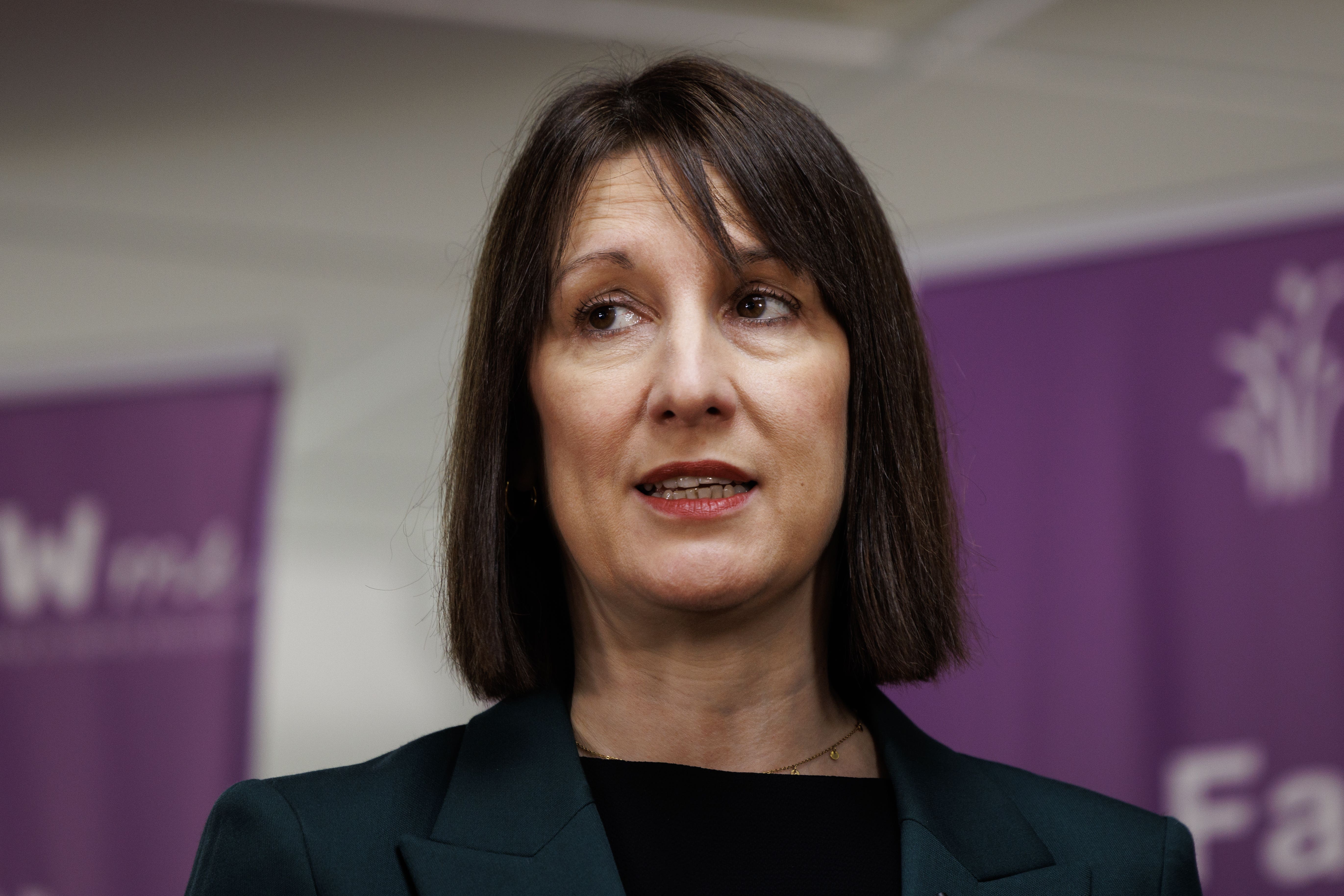UK long-term borrowing costs at highest since 1998 amid fears over weak growth
Share:
Yield rises above peak reached when Liz Truss’s mini-budget in 2022 caused turmoil in markets. The UK government’s long-term borrowing costs have reached the highest level since 1998 amid investor concerns over Britain’s sluggish growth prospects and stubbornly high inflation.
The yield – in effect the interest rate – on UK 30-year government debt rose by as much as four basis points to 5.22% on Tuesday, above the peak reached after Liz Truss’s mini-budget in 2022 caused turmoil in financial markets, to hit the highest level in 27 years.
Long-term borrowing costs have risen across advanced economies amid growing concern that lingering inflation could prevent deeper interest rate cuts by the world’s most powerful central banks. Investors also fear the president-elect Donald Trump’s policies could further stoke inflationary pressures.
Britain’s economy has suffered a sharp slowdown in recent months, leading investors to warn that weak growth, sticky inflation and higher for longer borrowing costs could force the chancellor, Rachel Reeves, to U-turn on pledges not to further increase taxes.
“That 30-year gilts are above 5% is headline news on any measure. But do we think the central bank has lost control of the gilt market at this level? No,” said Nuwan Goonetilleke, the head of capital markets at the FTSE 100 insurer Phoenix Group. “We’ve got the narrative that inflation has become more persistent. Rate cuts are still expected, but not as quickly, and you have this point about government borrowing being higher.”.






















